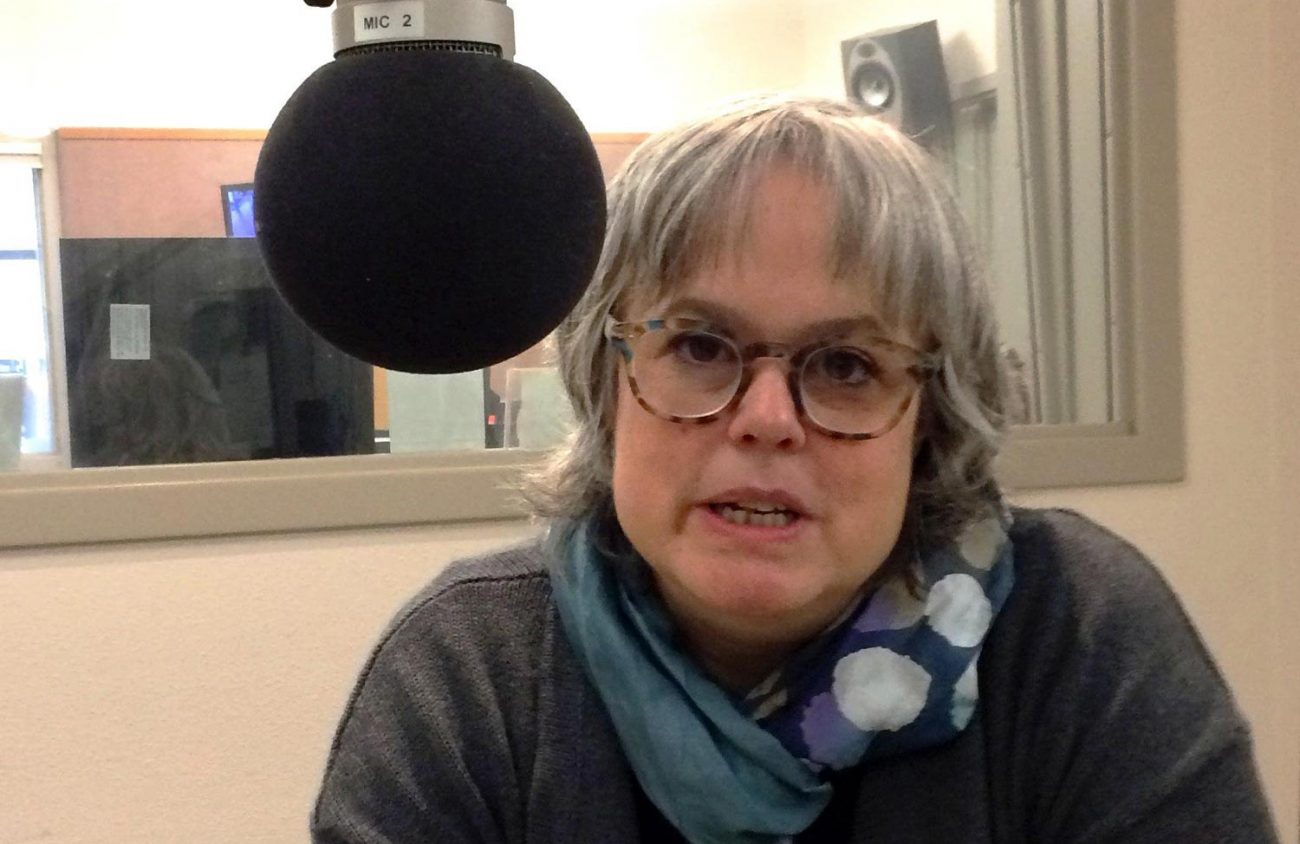Did you absolutely love that article you read about Bernie Sanders on Occupy Democrats and agree with every word? Did you hate that story on NPR because the public radio network reported on the timber industry as if it had valid points on cutting down trees?
Before you pull a Trump and scream “fake news!” and before you post “media blackout!” on your Facebook feed and accuse the media of not covering a specific news topic, take a minute to think about what fake news actually is.
“Fake news means so many things,” says Todd Milbourn, a former daily news reporter turned journalism instructor at the University of Oregon. “At the outset it was really clear — Macedonian teenagers in their basement hacking away on articles ginned up to make some money on the election.”
But a few short months later, Milbourn says, “everybody has their own definition.”
Milbourn has been doing a series of presentations around Oregon on fake news, together with fellow UO journalism instructor and former daily reporter Lisa Heyamoto. They will give a talk on the topic at the City Club of Eugene April 7.
There are fake news articles fabricated out of whole cloth and pushed on social media, Milbourn says, “but you also have ways information is amplified in different ways, articles that are poorly sourced, articles that are accurate line-by-line but the overall tone and takeaway are done disingenuously.”
The “silver lining,” Heyamoto says, is that “we are having a national conversation about credible information.” It’s long overdue, she says. “The problem is we are having it as shouting matches.”
So how do we combat fake news? “Good old fashioned critical thinking.”
Think about, she says: Who wrote it? Where did the information come from? What is the purpose of the article?
“But that takes a lot of time,” Heyamoto says. She says that we used to have dedicated news time where you sat down with the physical paper and said, “Now I will consume the news.” But these days we read the news in moments waiting for the bus, waiting to pick up the kids — in the middle of “all the things that come at you in life.”
And on social media, Heyamoto says, we get both neutral and partisan news mixed in with kid and food pictures — “all of this info in the same moment.”
She now sets aside time that is dedicated to news consumption “where I get a foundation on what’s going on — and I treat social media as a dessert.”
Milbourn compares reading the news to buying a dishwasher: “One thing is, if you buy a dishwasher you are going to go on Consumer Reports, do a little research, ask ‘What model am I looking for?’ and ‘What will work for me?’” It’s a deliberate investment, he says, rather than the passive way we consume social media.
On a national level, NPR has an ombudsman, Elizabeth Jensen, who looks into that media organization’s ethics, fairness and accuracy. Jensen reports to NPR’s CEO, not the newsroom, she told EW on a recent swing through Eugene. She presents the public’s opinion to the newsroom and explains the newsroom to the public, she says, and she doesn’t speak for NPR.
Jensen points to a Nov. 16, 2016, post-election column in which she addressed NPR’s reporting on the presidential campaigns and listener complaints that they heard more about Trump than Clinton. “The final story totals were 461 pieces with Trump as the main focus to 262 focused on Clinton,” she writes.
Such ethical transparency is something readers can use to evaluate their news sources.
“Journalists can be more transparent in their reporting,” Heyamoto says. “Part of the wonder of journalism is the way that you put that story out there. People have gotten used to not seeing behind the curtain and not seeing how hard journalists are working to get the news.”
She says the hallmarks of a good media outlet are “verification, triangulation, transparency and context.”
And when it comes to “media blackouts,” Milbourn says, “Let’s look at the difference between the media and journalism — journalism is a subset of that with an emphasis on verification.”
In fake news, he says, you don’t see verification. Real journalism uses “on the ground shoe leather,” he says, and public records requests, “not just sharing things on social media, but picking up the phone, talking to people at Standing Rock” and getting information that can be verified and tested independently.
That takes time. And money.
“Take that moment,” Milbourn says, “and do some research on ‘what is my media diet.’” See what fits your needs. Then, he says, “Pay for that stuff. Spend your time there.”
With news subscriptions costing only a few dollars a month, Milbourn says, we should “put as much thought into the media we consume as we do in buying a dishwasher.”
